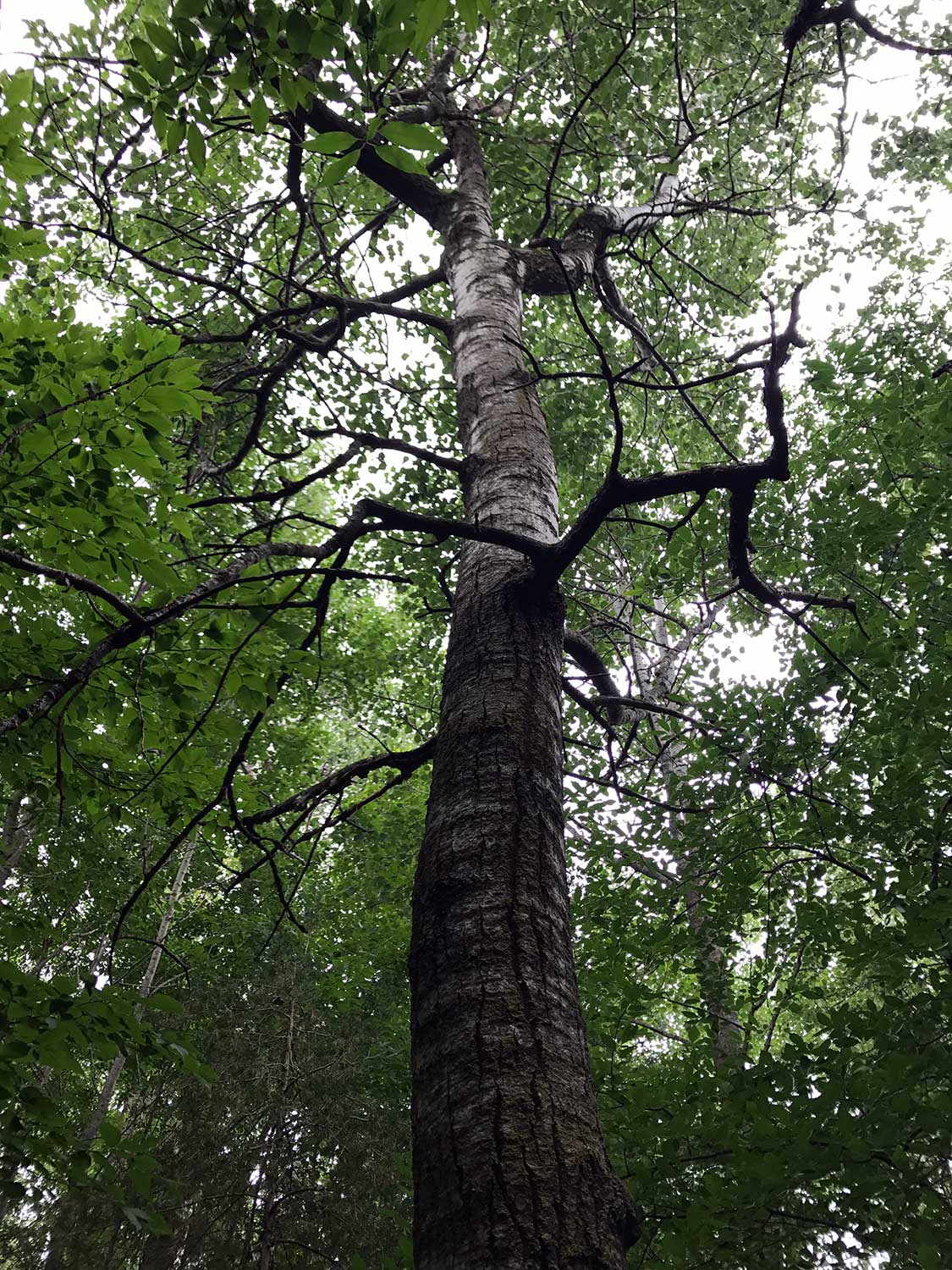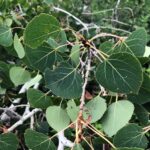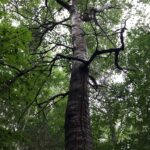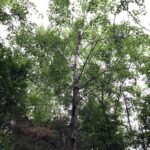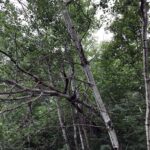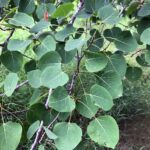Native To State: YES
Naturally Occurring: YES
Description
Populus tremuloides (Quaking Aspen or Trembling Aspen) is a deciduous tree belonging to the Salicaceae family. Here are some key identification characteristics:
Size and Shape: Quaking aspen is a medium-sized tree that typically reaches heights of 20 to 80 feet (6 to 24 meters). It has a slender, straight trunk and a narrow, conical or pyramidal shape when young, gradually becoming more rounded with age.
Leaves: The leaves of Populus tremuloides are small, round to heart-shaped, and have serrated edges. They are bright green on the upper surface and paler beneath. One of the distinctive features of this tree is the fluttering or “quaking” of its leaves in the slightest breeze due to their flattened petioles.
Bark: The bark of quaking aspen is smooth and grayish-white when young, but as the tree matures, it develops black furrows and white patches, giving it a unique appearance.
Flowers: The tree produces inconspicuous flowers in the form of catkins. Male catkins are long and drooping, releasing pollen, while female catkins are smaller and erect, containing tiny seeds.
Fall Color: During the autumn season, the leaves of quaking aspen turn vibrant shades of yellow, making it a striking sight in the fall landscape.
Habitat: Populus tremuloides is native to North America and can be found in a variety of habitats, including moist lowland areas, upland forests, and mountain slopes. It often forms extensive stands known as “aspen groves” through its ability to reproduce vegetatively through root suckers.
Cultivation: Quaking aspen is appreciated for its ornamental value, especially in naturalistic landscapes. It is also important for its ecological role, providing habitat for various wildlife species.
Other Species: There are other species of aspen, such as Populus grandidentata (bigtooth aspen) and Populus balsamifera (balsam poplar), each with its unique characteristics.
Quaking aspen is a remarkable tree with its distinctive fluttering leaves, attractive bark, and vibrant fall colors. Its ecological significance, coupled with its beauty, makes it a valued tree in many regions.
Occurance
Widespread throughout the wooded areas. Spreading into new areas, but also being eaten back by beavers.

